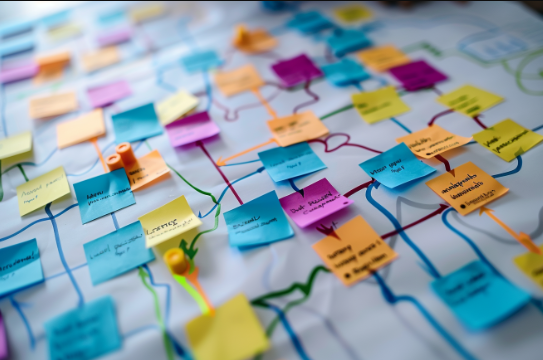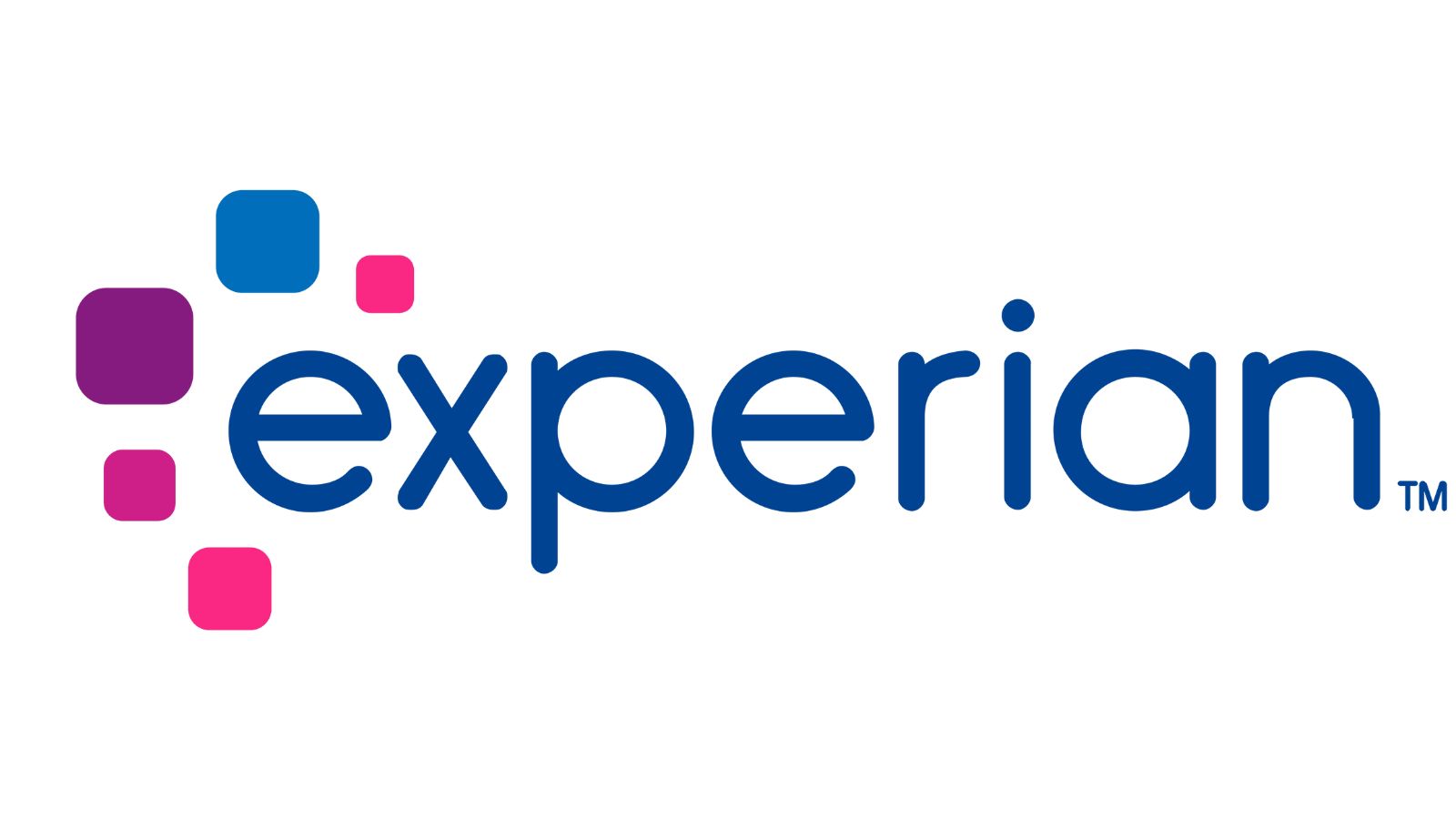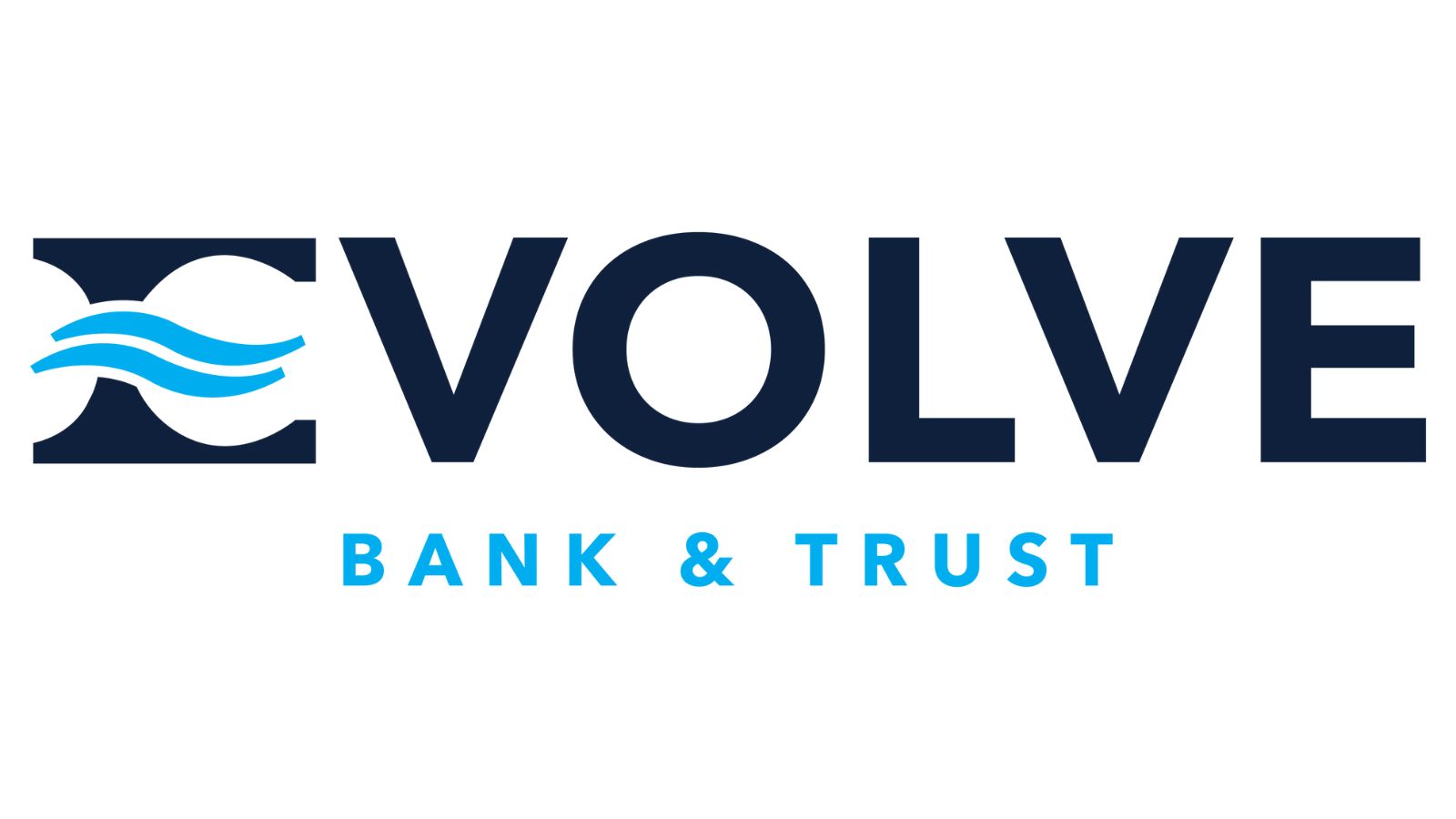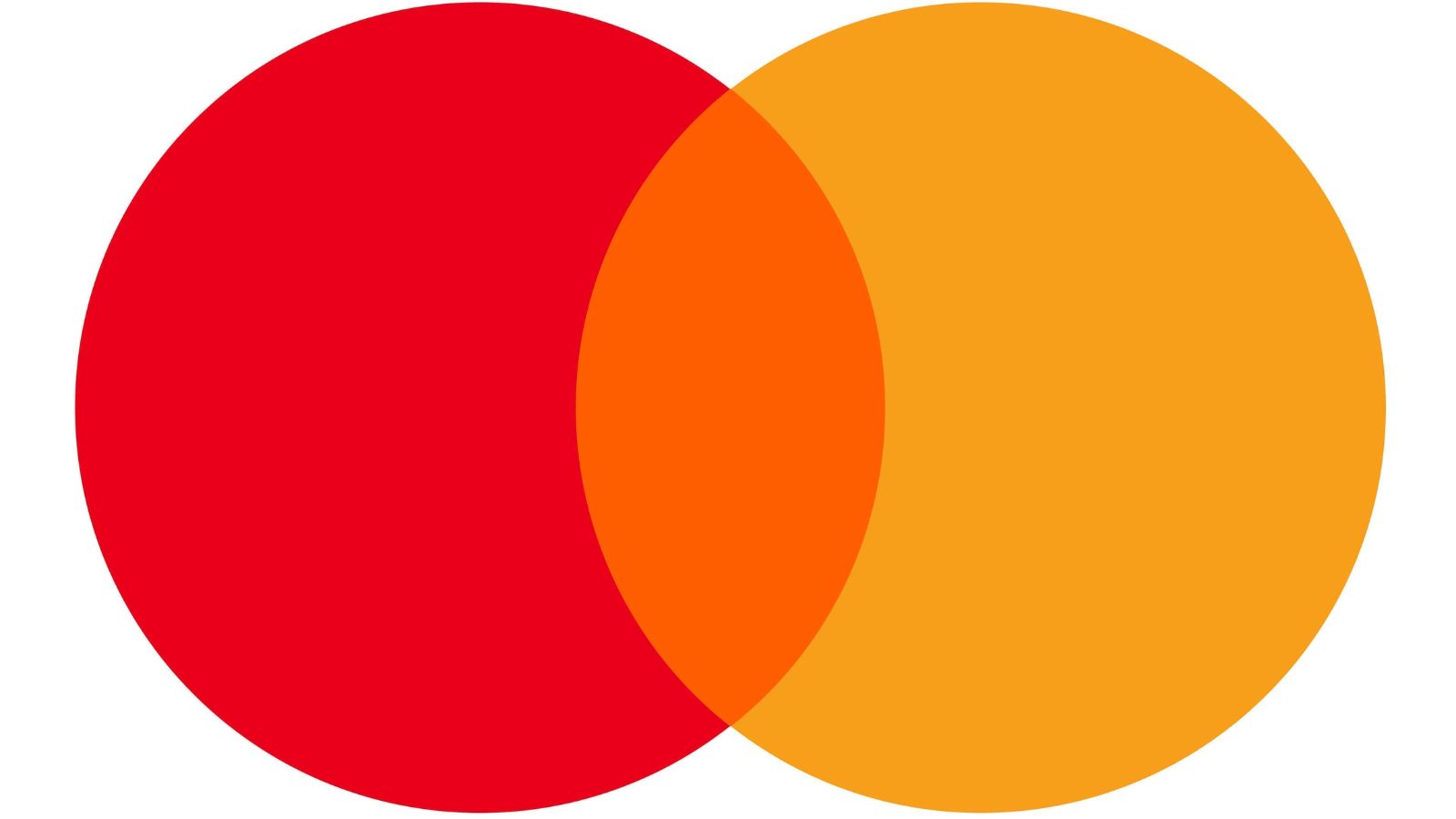Image Credits: https://pixabay.com/photos/organization-organization-chart-2478211/
Effective and sustainable procurement is an integral function for any business operation to operate at its best functionality and to render service to the organization in its most profitable manner. While it may seem like a less crucial stage as compared to other steps of production, the process of procurement is underappreciated and requires a prominent effort from individuals and expert teams to navigate its complexities, methodologies, and other processes.
The procurement process has a general outline, but it’s vital to remember that each organization’s needs and objectives will determine the specifics. The organization’s size and location, the current business model, the organizational structure, and the monetary requirements are some of the variables that will impact the stages of the procurement process. This blog provides a step-by-step guide to navigating procurement processes, outlining key considerations and best practices at each stage.
7 Fundamental Steps to Identify the Right Procurement Process
Identify the need.
Create and submit a purchase request.
Evaluate and select suppliers/vendors.
Negotiate the terms.
Finalize the contract.
Implement the contract.
Manage the supplier.
Understand the concept of the Procurement Cycle
Step 1: Identify the need
The foundation step to determine the trajectory of the Procurement Process depends on the nature and type of the organization. While certain industries like dairy products require a more daily basis procurement, a soap manufacturing industry will need a long-term procurement strategy. Each procurement process has its own terms and conditions, and costs associated with it and hence needs to be carefully designed to obtain optimum profit.
Step 2: Create and submit a purchase request
A purchase request (or purchase requisition) is a formal request for goods or services and is submitted using specialized procurement software. Oftentimes, the purchase request will originate with an employee or manager before being reviewed by the organization’s procurement team. When a purchase request is approved, it becomes a purchase order. However, should the request be denied, it will typically be returned to the submitter with a brief explanation.
A rejected purchase order, while not ideal, can be a good learning opportunity. When a purchase order is rejected, it often indicates that something went wrong in the procurement process. It could be a mistake in the specifications, pricing, quantities, or other details. By analyzing the reasons for rejection, the organization can identify the specific areas where mistakes were made and implement corrective measures.
Step 3: Evaluate and select suppliers/vendors
Next comes the crucial stage of vendor selection. The Procurement team must take proper steps to evaluate the creditworthiness, reliability, and the schemes provided by different suppliers. Establishing cordial relations with the supplier’s team will not only promise a speedy delivery but also certain discounts on the supplier’s part.
Step 4: Negotiate the terms
Once the best fit has been chosen, it’s time to move on to contract negotiations. This is one of the most critical stages in successful procurement, as it serves as the legal framework for everything that follows. During this stage, pricing is decided—as well as details such as delivery schedules, recourse for missed orders or delays, and other specific terms and conditions. It is often useful to assess previous contracts to pinpoint opportunities for improvement, allowing you to potentially secure better terms going forward and address inadequacies in prior contracts.
Step 5: Finalize the contract
A contract can be finalized with a Purchase Order (PO), Master Service Agreement (MSA), or Statement of Work (SOW). A PO is used to order goods or services, an MSA establishes the overarching legal and operational framework for a business relationship, and an SOW defines the specific work to be done in a project or service engagement. These documents are often used together, with the MSA setting the general terms, the SOW specifying the project-specific details, and the PO defining the specific order details.
Step 6: Implement the contract.
The contract implementation requires a structured approach and a series of actions to ensure that the relationship with the new supplier is seamlessly integrated into the organization’s operations. Necessary training must be provided to understand the organization’s working cycle, safety standards, and product quality.
Step 7: Manage the supplier.
Effective supplier management involves focusing on supplier performance, partnering to enhance value, and ensuring contract compliance. It is essential to establish clear performance expectations with defined KPIs and SLAs for mutual success. Ongoing supplier relationship management includes regular reviews, feedback sessions, and performance monitoring to drive quality, service, and cost improvements.
Conclusion
In conclusion, navigating procurement processes requires careful planning, execution, and monitoring at each stage. By following a structured approach and adopting best practices, organizations can optimize their procurement operations, minimize risks, and achieve their strategic objectives effectively. Effective procurement management is essential for driving organizational success and maintaining competitiveness in today’s dynamic business environment.








Leave a Reply